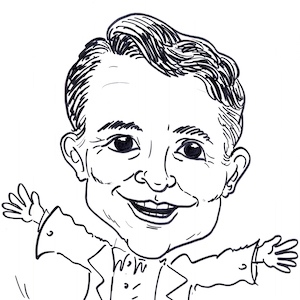Preview:
The state purchased the homes in 2021, with most of them intended to rebuild Royal Oaks Mobile Manor in Phoenix, which was destroyed in the 2020 Almeda Fire. Families who lost their homes in the fire were prioritized for housing.
But last summer, the homes were found to be unfit to live in, due to mold, water leaks and other issues. There are unresolved questions about why the homes had defects.
Now, OHCS has announced it will auction off the defective homes in an effort to recoup some of the approximately $24 million dollars it says it spent on them.
Caleb Yant, deputy director of OHCS, said buyers will be informed about their...
Read MoreOur thoughts on this story:

Oregon Housing and Community Services, the state's housing agency, will auction off 140 defective modular homes in a series of two-week-long auctions. The state purchased the homes in 2021, with most of them intended to rebuild Royal Oaks Mobile Manor in Phoenix, which was destroyed in the 2020 Almeda Fire. Families who lost their homes in the fire were prioritized for housing. But last summer, the homes were found to be unfit to live in, due to mold, water leaks and other issues. There are unresolved questions about why the homes had defects. Now, OHCS has announced it will auction off the defective homes in an effort to recoup some of the approximately $24 million dollars it says it spent on them.
It is unbelievable that the State of Oregon spent $24 million on 140 mobile homes to begin with – that’s $171,428 per home! But what’s even crazier is that they spent all that money on homes that are so defective they can’t even be used. In the private sector, everyone involved in this would be fired. But my bet is that not one person will be held accountable. Oregon will lose $20 million at auction, and then spend another $24 million on the replacement homes, which means they will then have $300,000 in each mobile home. This type of wasteful spending is what separates the government from the rest of us and is why the average American has zero confidence that their tax dollars are being properly spent.
BUREAUCRATS GONE WILD RATING: 10

